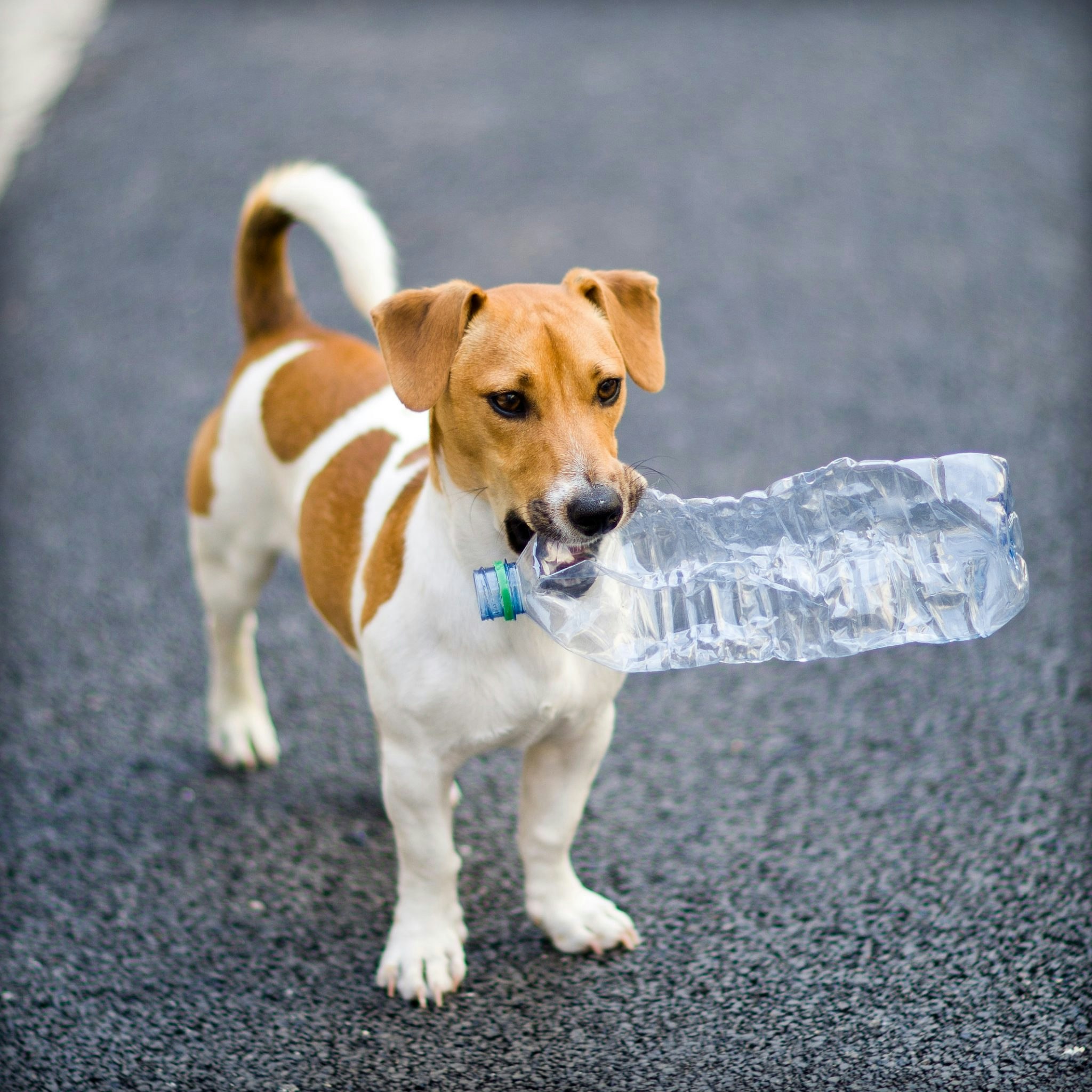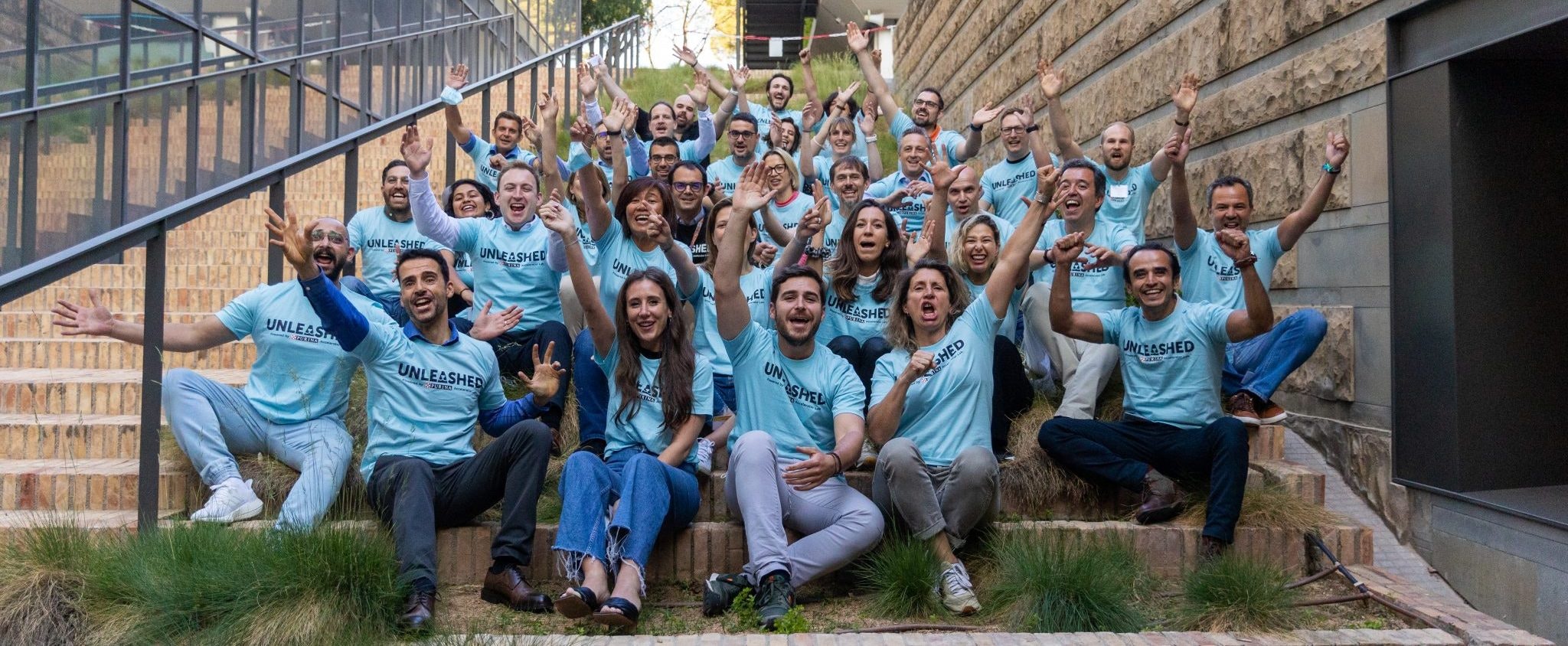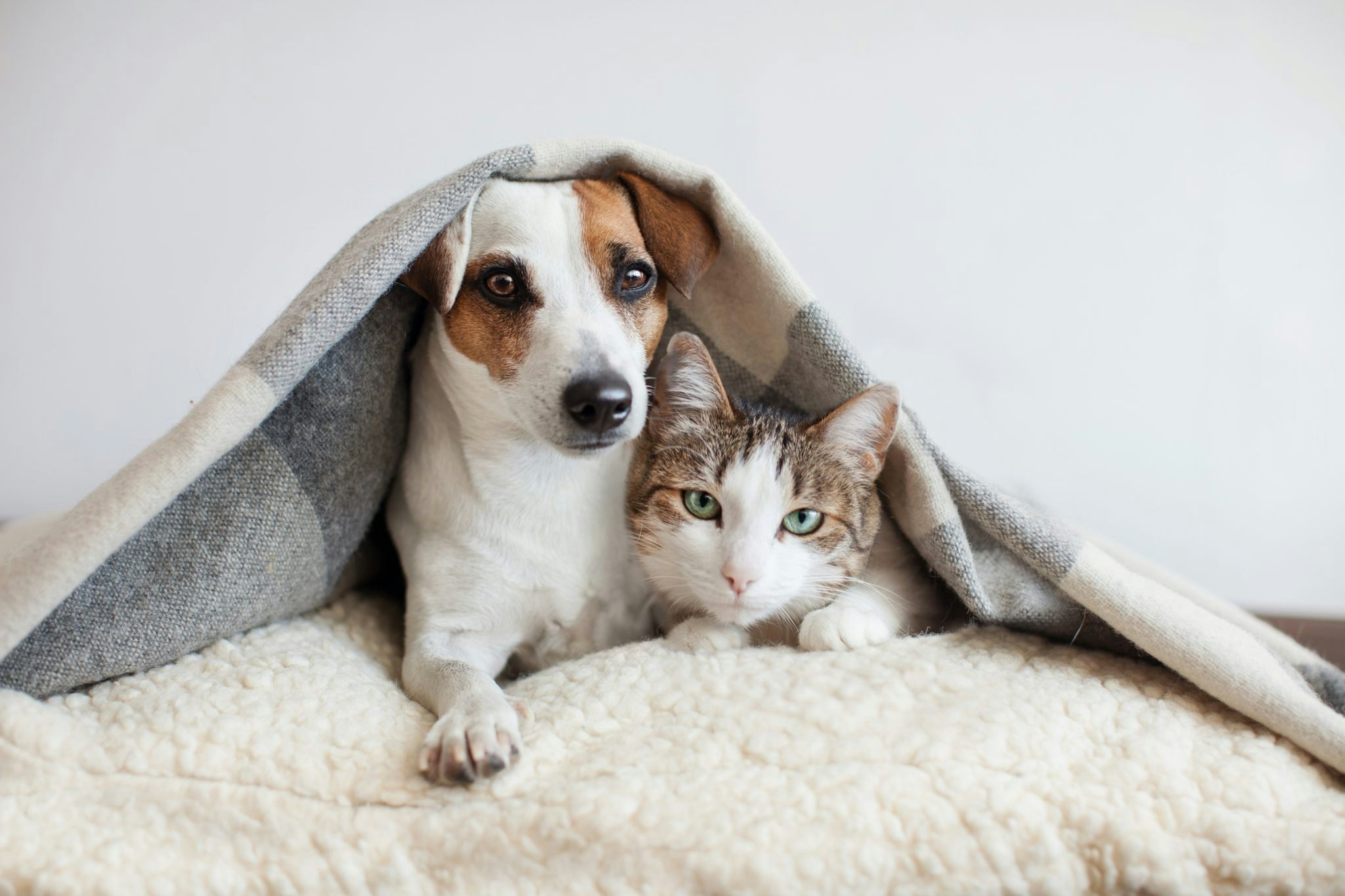The raw pet food segment, while still small, is quickly expanding as consumers lean towards natural diets for themselves and their pets.
Worth an estimated €1bn in Europe, it’s attracting the interest of private equity and strategic investors. According to a recent study, the ‘hidden gem’ raw and gently cooked pet food market is enjoying a 9-11% growth compared to 4-6% in the broader pet food space.
Recent activity includes Axcel’s 2022 purchase of Voff Premium Pet Food, a European player with nine natural pet food brands. Spain’s pet food supplier Agrolimen has also grown its minimally processed offerings in Europe and the US, and British retailers Morrisons and Pets at Home both offer frozen raw food.
But is raw pet food a fad — and is it safe?
Health concerns
“As more people are concerned about their own health, they're moving away from highly processed foods, ready meals and fast-food chains,” says Brendan Clarke, former president of the Raw Feeding Veterinary Society (RFVS) and an advisor to Bella & Duke, a Scotland-based raw pet food company. “They need to know what is on their plate rather than just having a pre-made meal with sweeteners, salt and sugars. It's the same for their pets.”
We've been feeding cats and dogs with highly processed food, and if you look at the ingredients, you understand why so many domestic animals have chronic diseases
Clarke says while official figures put raw food at around 10% of the market, that’s likely an under-estimate as it does not cover consumers who purchase raw meat from their local butcher for their pets. Consumption is lower in the US, with a survey from the American Pets Products Association (APPA) suggesting 3% of dog and 4% of cat owners report purchasing raw pet food.
Mark Scott, Bella & Duke’s CEO, tinkered with his own diet as a biohacker and was surprised at how little interest medical doctors showed in human nutrition. Around the same time, three of four family pets owned by Scott and Tony Ottley, friend and now business partner, got cancer before the age of 10.
“We've been feeding cats and dogs with highly processed food, and if you look at the ingredients, you understand why so many domestic animals, especially cats and dogs, have chronic diseases including cancer, tooth decay, and obesity,” he says.
Teaming up with Ottley, a food manufacturing expert, the duo started Bella & Duke in 2016 and since then, Scott says pets with problems from skin complaints to pancreatitis have enjoyed big improvements.
But, what is raw pet food?
Raw meat‐based diets, also known as ‘Biologically Appropriate Raw Food’ — or the unfortunate acronym BARF — include uncooked ingredients from livestock or wild animals including meat, offal and bone, and fruit, vegetables, oils, nuts and seeds with dietary supplementation recommended for essential vitamins and minerals.
While some vets warn pets may miss out on nutrients, proponents say there is nothing faddish about the sector. “Raw is natural and it is what animals have been fed for millennia,” says Tony Ottley. “Dogs have grown up eating a raw diet and it was not until the 20th century that their diet changed.”
Academic research from 2019 suggests dogs prefer foods with nutrient profiles close to the ‘wild wolf diet’, so processed diets low in protein and high in carbohydrates and additives are sparking metabolic problems.
“Completely vegan is so far off what the digestive system of dogs and cats is made for,” argues Marieke Post, a nutritionist at Kiezebrink, a Netherlands-based pet food company, although she acknowledges a sustainability argument for balancing diets.
Safety
While Europe’s raw food sector is reporting strong demand, they face a challenge in signalling quality and safety for consumers — especially as more startups enter the space. Unless carefully managed, with no defrosting in the supply chain, raw meats can transmit harmful bacteria like salmonella and campylobacter affecting pets, owners and families.
If one batch isn’t good you might have to burn one tonne of product
Bella & Duke ensure all their meats are frozen within 72 hours of slaughter and its production process and equipment is all designed to keep meat frozen throughout. But other companies are not so diligent.
In Croatia, good quality raw food companies are fighting against what they call ‘garage BARF’, produced informally by sellers not registered at the Ministry of Agriculture, says Bojan Zebić, head of sales at raw pet food company Von Barf.
“We can’t compete on price because we have professional packaging, we have to take care of all the legal work and the production methods and checking,” says Zebić.
The Croatian Ministry of Agriculture inspects its facilities regularly. “If one batch isn’t good you might have to burn one tonne of product,” adds Zebić. It took Von Barf six years to turn its first profit.
Regulation
To raise standards, raw startups are pushing for accreditation and certification systems.
Bella & Duke, worried about the emergence of below-par companies, approached the Raw Feeding Veterinary Society (RFVS) to develop an audit based on human food manufacturing best practices. The certification, called RawSAFE, is now in place with two companies already approved — Paleo Ridge and Bella & Duke — and a further 25 under evaluation.
Similar to the British Retail Consortium (BRC) and FSSC 22000 food safety certification used in the human food industry, RawSAFE, which took over two years to finalise, requires cold chain documentation throughout the supply chain and for meat to come from reputable abattoirs and an isolated manufacturing environment.
RawSAFE is now exploring healthier hygiene tactics, such as probiotic washes rather than chlorination. “It’s not a stagnant standard that we set and say, ‘This is it’’’, says Clarke. The plan is for the RawSAFE accreditation to evolve in the coming years to become akin to human food accreditation, with standards of A star, AA star and AAA star, according to Tony Ottley at Bella & Duke.
It remains to be seen whether standards will evolve in different countries and regions or whether a pan-European approach might emerge. Marieke Post at Kiezebrink praises RawSAFE, saying that similar efforts in The Netherlands have been stagnant as companies showed different levels of engagement.
Setting companies apart
Certifications could be critical for consumer trust. “Consumers don’t know the difference between brands, so that can be dangerous if companies are not taking safety seriously,” says Post, whose company is active in the Netherlands, the UK, Belgium, Germany and France.
Regulation is what is going to set companies apart
Will Green, director of sales and marketing at Paleo Ridge agrees: “Consumers need reassurance that buying from us versus a company that is operating out of their garage, that this is safe to feed to their dogs. It’s important to develop a standard that means you can say the food is safe and nutritious.”
According to Lincoln International’s study, many raw and gently cooked pet food brands are smaller, venture-backed or privately-owned.
“A lot of these companies have come from startups and a garage industry. Regulation is what is going to set companies apart,” says Green.
This article first appeared in our monthly Unleashed pet tech newsletter, a collaboration with Purina Accelerator Lab. All content is editorially independent. Sign up to our newsletter here to keep up to date with the latest goings on in the European pet tech industry.


